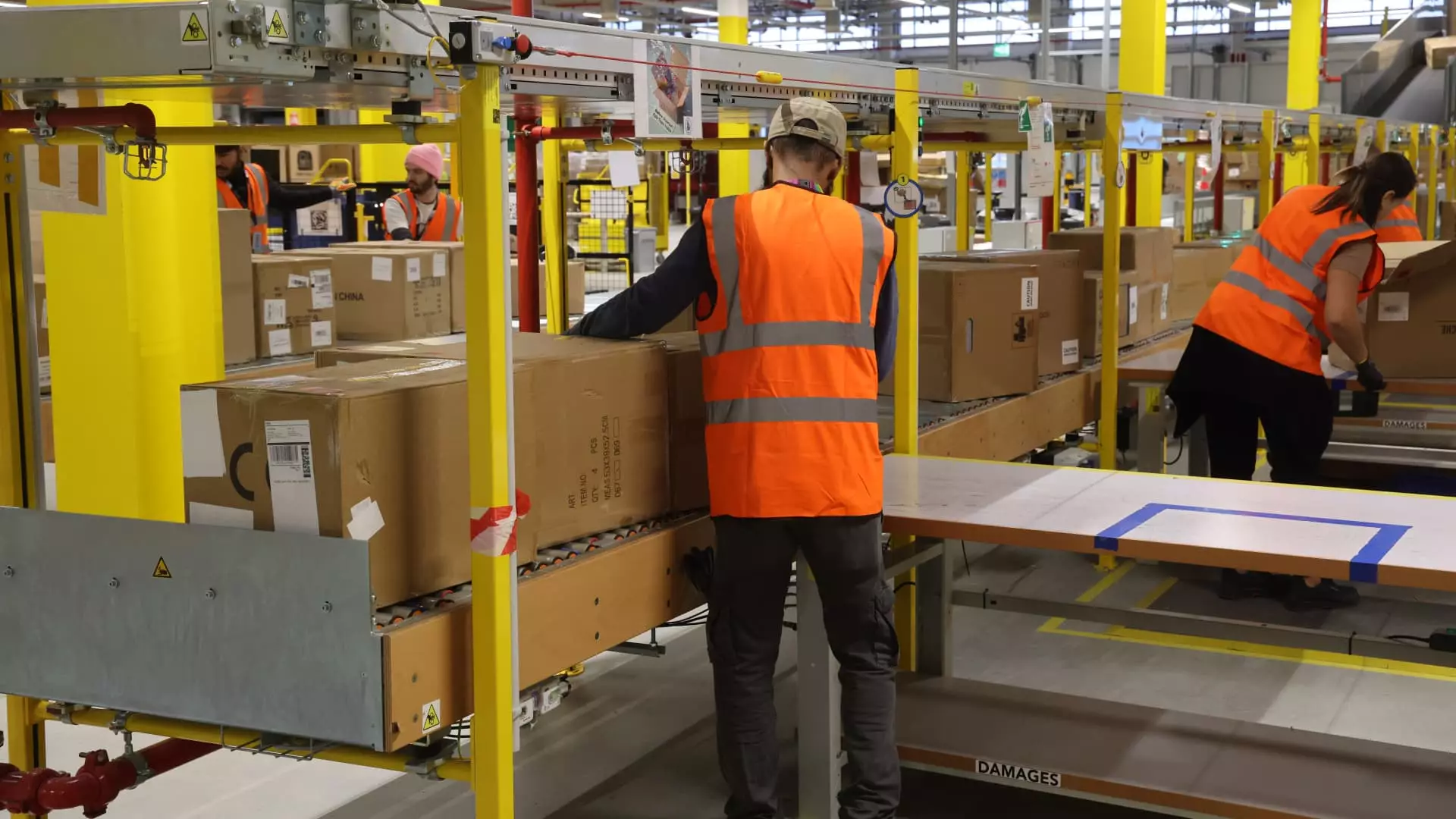Amazon’s milestone of deploying its one millionth robot illuminates a disturbing trend cloaked in the guise of technological progress. While headlines trumpet this as a major achievement, the reality beneath the surface suggests a calculated move that prioritizes corporate profits over human welfare. The aggressive deployment of robots across Amazon’s vast network signals a relentless pursuit of efficiency that, to many, appears more like an orchestrated effort to undermine the very foundation of the traditional workforce. The narrative of technological advancement often obscures the darker implications of mass automation—namely, the decimation of jobs that fuel the livelihoods of countless working-class families. If we are to be honest, this move epitomizes a broader trend of big corporations leveraging AI and robotics not as tools to augment human productivity but as mechanisms to commodify labor and suppress wages.
AI and Robots: The New Financial Powerhouses
Amazon’s integration of generative AI with robotics exemplifies a perilous shift toward a system that values algorithmic optimization more than human expertise. Their “DeepFleet” AI model, designed to streamline warehouse operations, promises faster deliveries and cost savings. Yet, at what expense does this come? The narrative suggests that robots simply handle the “heavy lifting” and monotonous tasks—an image leaving no room for the profound upheaval occurring in employment structures. The truth is that automation threatens to replace an array of middle and low-income jobs, thus exacerbating income inequality. Far from being a neutral or purely beneficial development, AI-driven efficiency advances serve the corporate agenda, consolidating power in the hands of technology giants while displacing the very workers who once maintained the backbone of these operations.
The Contradiction of Progress and Job Loss
Although Amazon’s executives claim that automation creates opportunities for technical skill development, this rhetoric glosses over stark realities. The company’s own disclosures acknowledge that AI and robotics will lead to workforce reductions—highlighted by CEO Andy Jassy’s candid admission about layoffs and natural workforce shrinking. This contradiction reveals a fundamental flaw in the narrative of inevitable progress: employers tout “opportunity” while systematically shrinking their human labor force. Amazon has already shed tens of thousands of jobs in recent years, a pattern that is unlikely to slow down given the ongoing sophistication of AI tools. This is not an isolated occurrence; industry-wide, companies are facing pressures to cut costs. The promise of “new opportunities” is, at best, a hollow phrase used to justify the displacement of workers who lack the advanced skills necessary to benefit from these changes.
Society’s False Hope in Tech-Driven Prosperity
There is an unsettling optimism that AI and robots will stimulate economic growth and innovation, but this glosses over the socio-economic costs. The narrative pushes the idea that technology will uplift the workforce by creating high-tech jobs, but this is a selective and overly optimistic perspective. Reality suggests that the benefits tend to concentrate among the tech and corporate elite, leaving the average worker to face unemployment, reduced wages, or insecure employment conditions. The push for automation is often defended as a step toward “future-ready” industries, but this ignores the pressing need for policies that safeguard workers’ rights and ensure equitable distribution of gains. Instead of a society where technological innovation enhances everyone’s quality of life, we are witnessing a skewed system where corporate profits soar while social safety nets are eroded.
The Central Question: What Is the True Cost of Our “Progress”?
Ultimately, the narrative surrounding Amazon’s robotic milestones exposes a fundamental truth: the so-called progress in AI and automation is a double-edged sword. It promises efficiency and economic gains but comes at a significant social and moral cost. The real question we must confront is whether this relentless push for automation is sustainable or merely a short-sighted pursuit that disregards human dignity for the sake of shareholder returns. The increasing reliance on AI to replace human labor undermines the social fabric and deepens the divide between the privileged and the working class. As the march toward full automation accelerates, society must ask whether the benefits are truly worth the sacrifices—a question that needs honest reflection beyond superficial corporate narratives.

